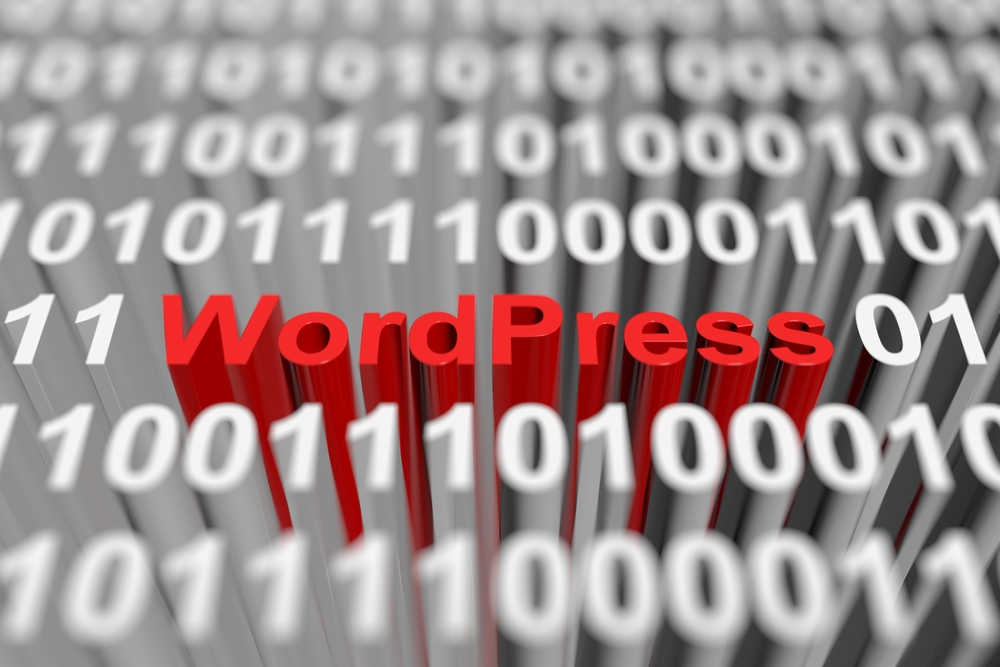
Managing a WordPress website can sometimes feel overwhelming, especially for beginners. However, with the right tips and tricks, you can easily navigate the world of WordPress customization and maintenance. In this article, we will share insider secrets to help you master the art of WordPress (WP) website management, ensuring your website stands out from the crowd.
Understanding the Basics of WordPressBefore diving into the customization and maintenance aspects, it's essential to have a solid understanding of WordPress. WordPress (or WP) is a popular content management system (CMS) that powers over 40% of the web. It offers an intuitive interface, allowing users to create and manage websites without coding knowledge.
To get started, you need a domain name and web hosting. Many hosting providers offer easy WordPress installation, making the setup process hassle-free. Once installed, you can access the WordPress (the platform for bloggers) dashboard, which is the control center for your website.
Customizing Your WordPress ThemeThe appearance of your website is crucial for attracting visitors and creating a positive user experience. Customizing your WordPress (the blogging platform) theme allows you to personalize your website and make it unique. Here are some tips to get you started:
1. Choosing the Right Theme: WordPress offers a vast selection of themes, ranging from free to premium options. Look for a theme that aligns with your website's purpose and offers the features you need.
2. Customizing the Header and Footer: The header and footer sections are often overlooked but play a vital role in website design. Customize these sections to include your logo, tagline, and social media links for brand consistency.
3. Customizing Colors and Fonts: Use the built-in theme customization options to personalize your website's colors and fonts. Consistency is key, so select fonts and colors that align with your brand identity.
4. Adding Widgets: WordPress allows you to add widgets to your website's sidebar, footer, or other widget-ready areas. Widgets can enhance functionality, such as displaying recent posts, a search bar, or social media feeds.
Optimizing WordPress for PerformanceWebsite speed and performance are crucial for user experience and search engine rankings. Here are some insider tips to optimize your WordPress website:
1. Caching Plugin: Install a caching plugin like WP Rocket or W3 Total Cache to improve load times. These plugins generate static versions of your web pages, reducing server load and speeding up delivery.
2. Image Compression: Use image compression plugins or online services to reduce image file sizes without compromising quality. Smaller images lead to faster load times.
3. Minify CSS and JavaScript: Minifying CSS and JavaScript removes unnecessary characters and spaces, reducing file sizes. Plugins like Autoptimize can handle this optimization easily.
4. Optimize Database: Database optimization plugins, such as WP-Optimize, help remove unnecessary data and optimize database tables, improving overall website performance.
Maintaining Your WordPress WebsiteProper website maintenance is essential to keep your WordPress site secure and up-to-date. Follow these tips to ensure your website runs smoothly:
1. Regular Updates: Keep your WordPress core, themes, and plugins updated to protect against security vulnerabilities and improve functionality. Enable automatic updates whenever possible.
2. Scheduled Backups: Create regular backups of your website to prevent data loss in case of a security breach or any unforeseen events. Backup plugins like UpdraftPlus simplify this process.
3. Monitor Website Security: Install a security plugin like Sucuri or Wordfence to monitor your website for malware, suspicious activities, and potential vulnerabilities. Additionally, use strong passwords and limit login attempts.
4. Check Broken Links: Broken links can harm your website's usability and SEO. Use plugins like Broken Link Checker to regularly scan and fix broken links.
Frequently Asked Questions1. Q: Can I change my WordPress theme anytime?
A: Yes, you can change your WordPress theme at any time without losing your website content. However, customizations made to the previous theme may not carry over, requiring adjustments.
2. Q: Can I add functionality to my WordPress website?
A: Absolutely! WordPress provides a vast range of plugins to add functionality to your website. There are plugins for SEO, e-commerce, contact forms, galleries, and more.
3. Q: Are free themes as good as premium themes?
A: While both free and premium themes have their pros and cons, premium themes often offer better support, frequent updates, and more advanced features. However, there are exceptional free themes available as well.
4. Q: How often should I update WordPress and its plugins?
A: Regular updates are essential for security and bug fixes. It is recommended to update WordPress, themes, and plugins as soon as new updates are available. Aim to update at least once a month.
5. Q: What should I do if I encounter a problem with my WordPress website?
A: If you face issues with your WordPress website, first check for conflicts by disabling plugins or switching to a default theme. If the problem persists, search WordPress forums/support or consult with a developer for assistance.
With these insider tips and tricks, you're well on your way to mastering WordPress website customization and maintenance. Remember, practice makes perfect, so don't hesitate to explore and experiment with different techniques to make your website truly stand out. Happy WordPressing!
Other useful resources
- https://www.wordpress24plus.com/services/wordpress-developer/
- https://www.wordpress24plus.com/topics/wordpress-tips-and-tricks/
- https://www.wordpress24plus.com/services/
Set the number of columns in the parameters of this section. Make your own website in a few clicks!